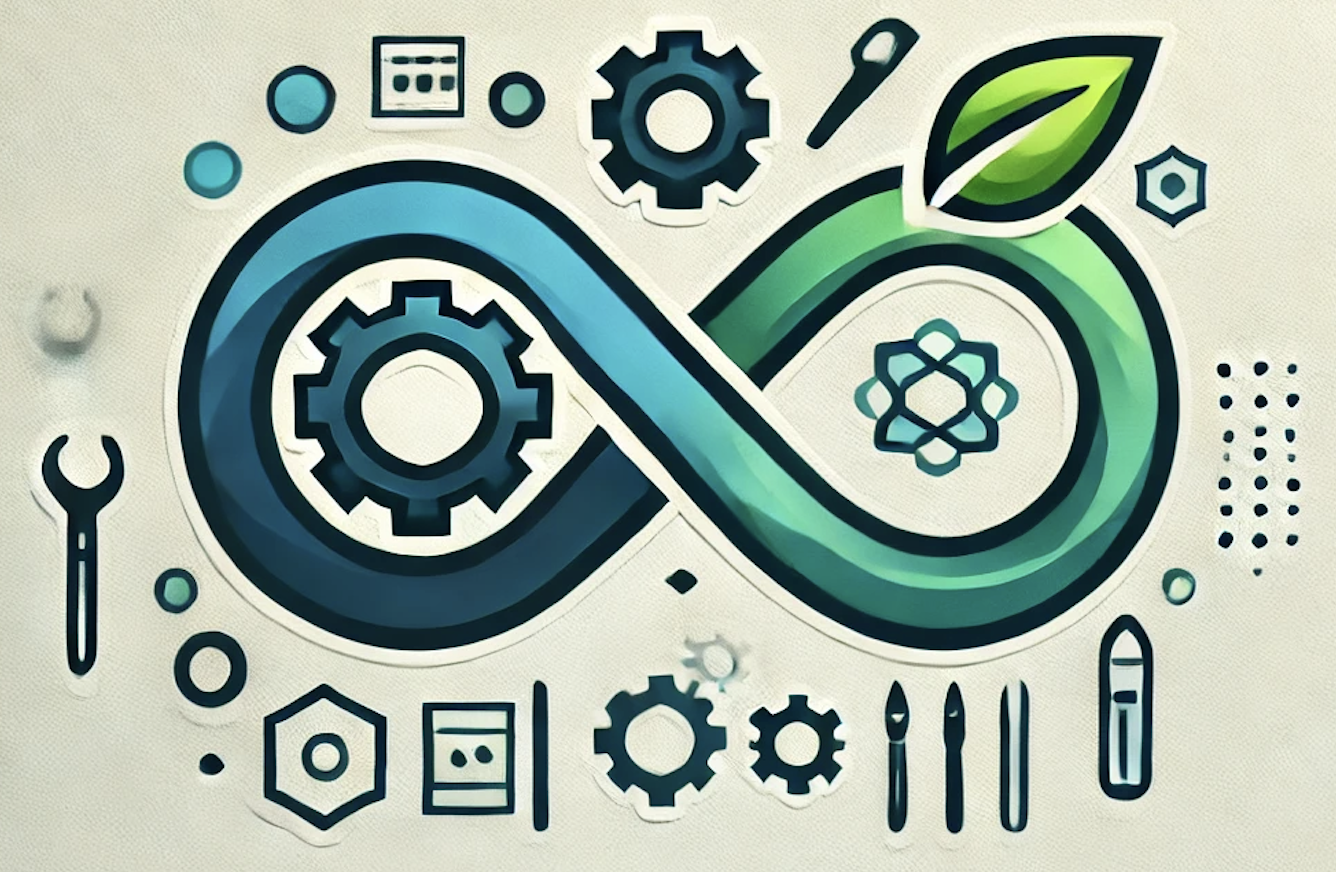Understanding Continuous Integration (CI) in DevOps
 DevOpshelian
DevOpshelianIntroduction
Continuous Integration (CI) is a fundamental practice in DevOps that involves automatically integrating code changes from multiple contributors into a shared repository multiple times a day. By automating the integration process, CI helps in identifying and addressing issues early, improving the quality and efficiency of software development.
Key Concepts
Version Control Systems (VCS):
- CI heavily relies on VCS like Git, SVN, or Mercurial. Developers commit their code changes to the shared repository regularly, ensuring that the latest version of the code is always available.
Automated Build:
- Each code change triggers an automated build process, compiling the code and creating an executable version. This ensures that the new code integrates correctly with the existing codebase.
Automated Testing:
- Automated tests run after each build to verify that the new code does not break existing functionality. These tests can include unit tests, integration tests, and end-to-end tests.
Feedback Mechanism:
- CI provides immediate feedback to developers through build and test results. If the build or tests fail, developers are notified so they can quickly address the issues.
Benefits of Continuous Integration
Early Detection of Bugs:
- By integrating code frequently and running automated tests, CI helps in catching bugs early in the development cycle, reducing the cost and effort required to fix them.
Improved Code Quality:
- Regular integration and testing ensure that code quality remains high, as issues are identified and resolved promptly.
Faster Development Cycle:
- CI accelerates the development process by enabling multiple developers to work on different features simultaneously without worrying about integration issues.
Enhanced Collaboration:
- CI fosters better collaboration among team members, as it provides a clear and consistent view of the codebase, making it easier to track changes and understand the impact of new code.
Popular CI Tools
Jenkins:
- Jenkins is one of the most popular open-source CI tools, known for its extensibility and wide range of plugins.
Travis CI:
- Travis CI is a cloud-based CI service that integrates seamlessly with GitHub, making it a popular choice for open-source projects.
CircleCI:
- CircleCI offers robust CI/CD capabilities with fast performance and support for parallel execution of tasks.
GitLab CI/CD:
- GitLab CI/CD provides an integrated solution within the GitLab platform, offering comprehensive CI/CD features along with version control and project management tools.
Implementing CI in Your Workflow
Set Up a VCS:
- Choose a VCS and create a repository for your project. Ensure all team members use this repository for code commits.
Automate the Build Process:
- Configure your CI tool to automatically build the code whenever a new commit is made to the repository.
Write and Run Automated Tests:
- Develop a suite of automated tests and integrate them into the CI pipeline to run after each build.
Monitor and Iterate:
- Regularly monitor the CI pipeline to identify and resolve any bottlenecks or issues. Continuously improve the process based on feedback and metrics.
Conclusion
Continuous Integration is a cornerstone of modern DevOps practices, offering numerous benefits that enhance the software development lifecycle. By automating the integration and testing processes, CI enables teams to deliver high-quality software faster and more efficiently. Adopting CI practices and tools can significantly improve collaboration, code quality, and overall productivity.
Subscribe to my newsletter
Read articles from DevOpshelian directly inside your inbox. Subscribe to the newsletter, and don't miss out.
Written by
